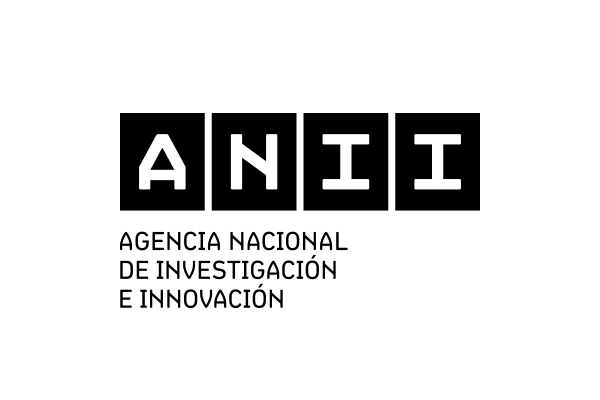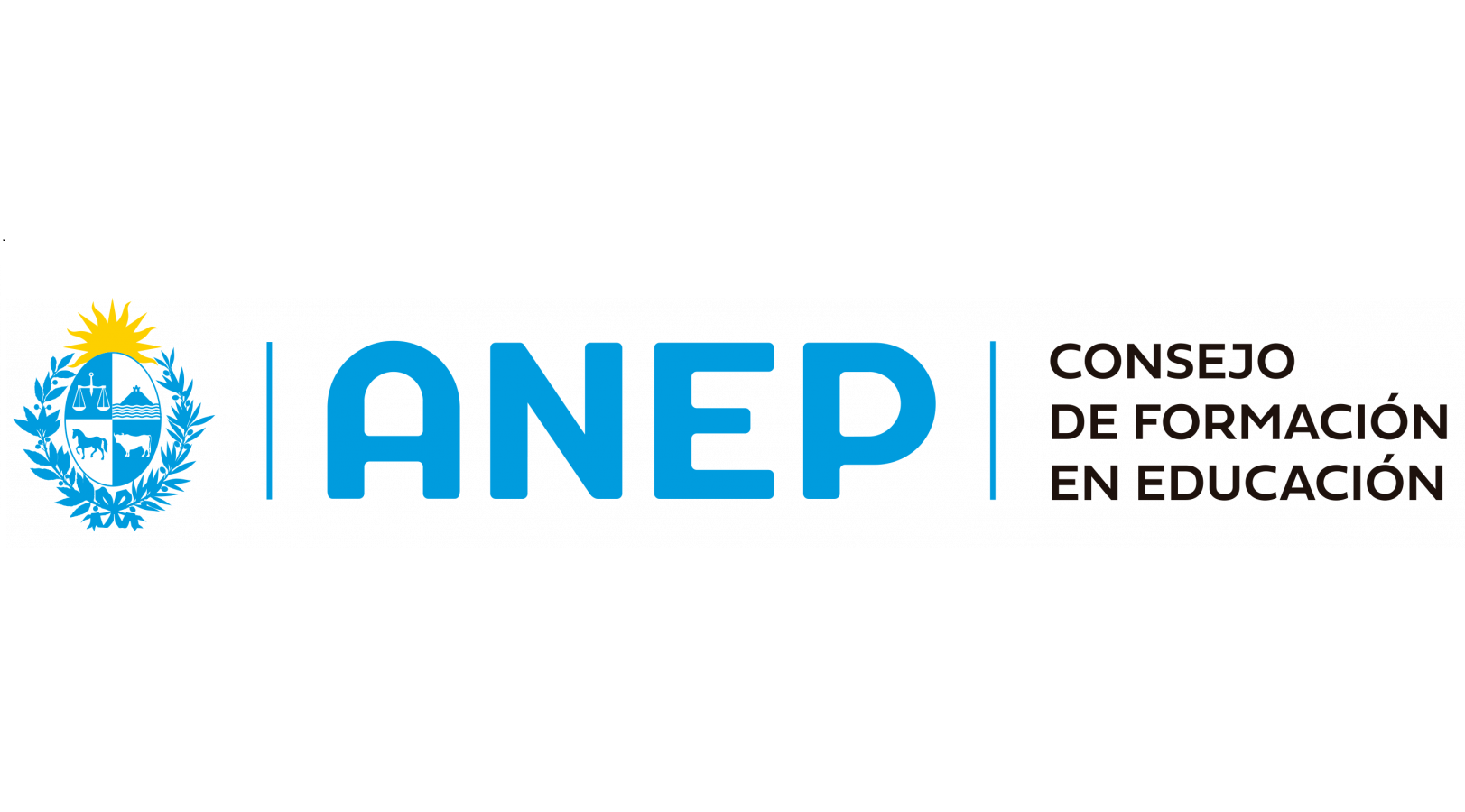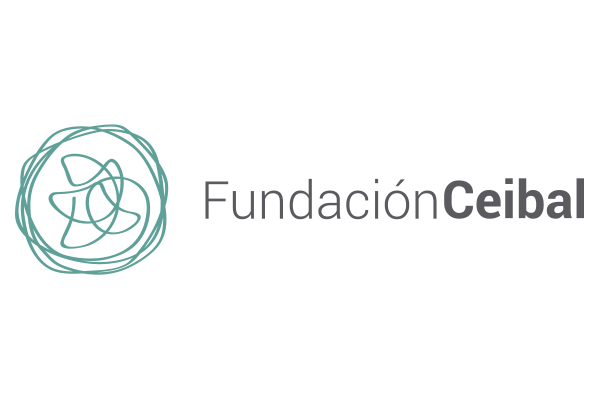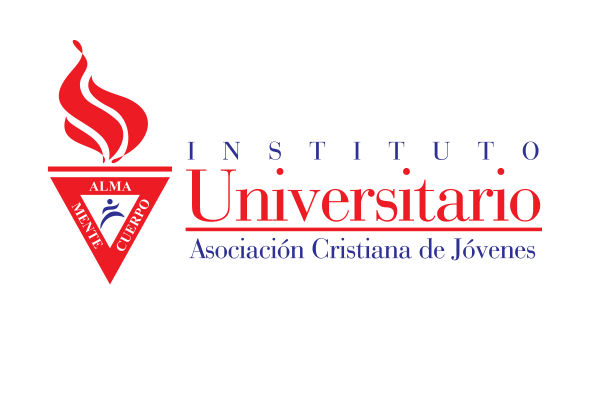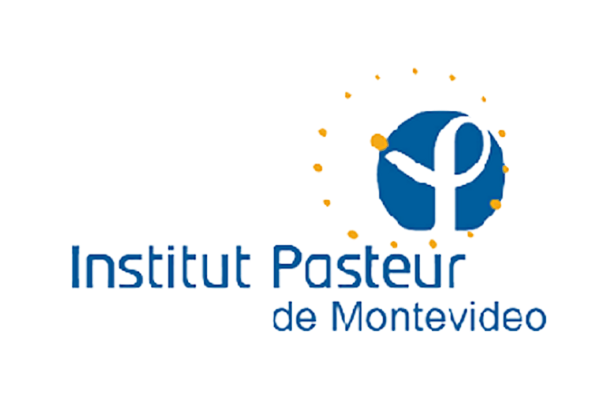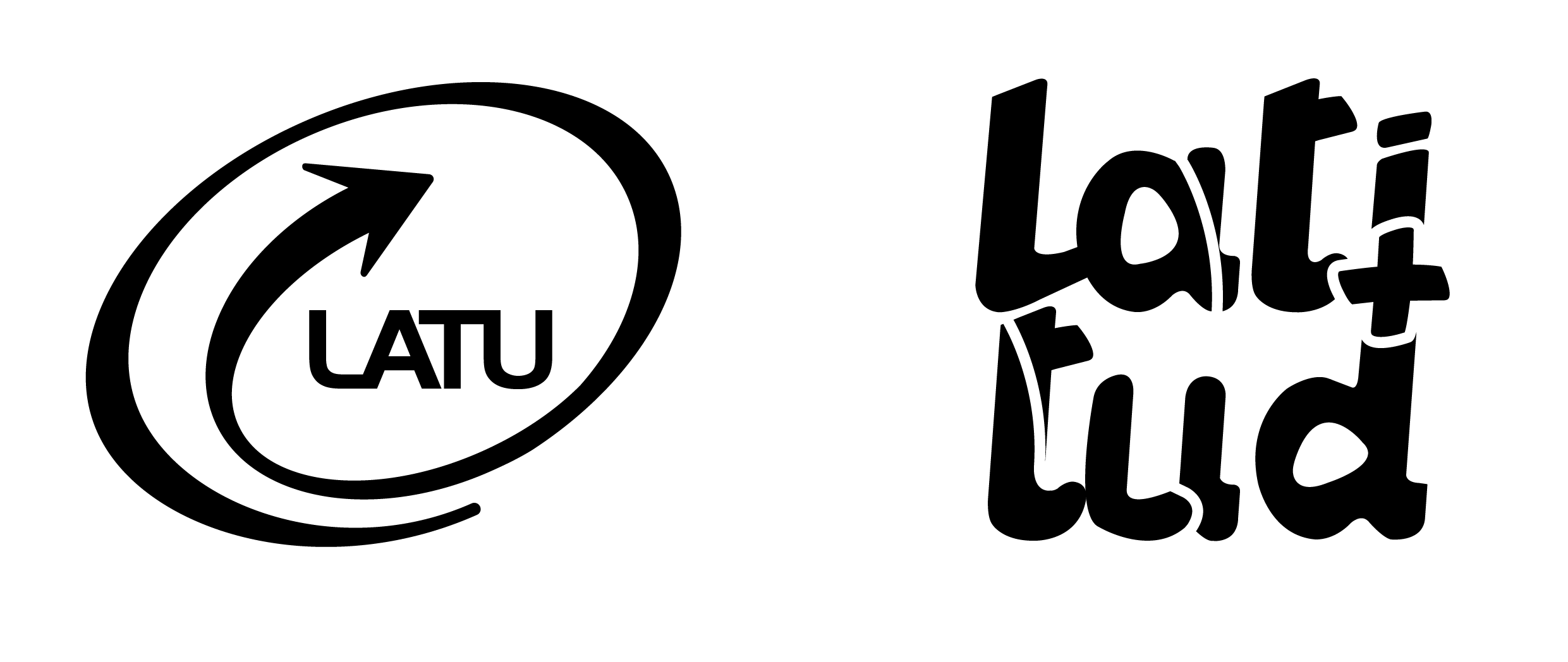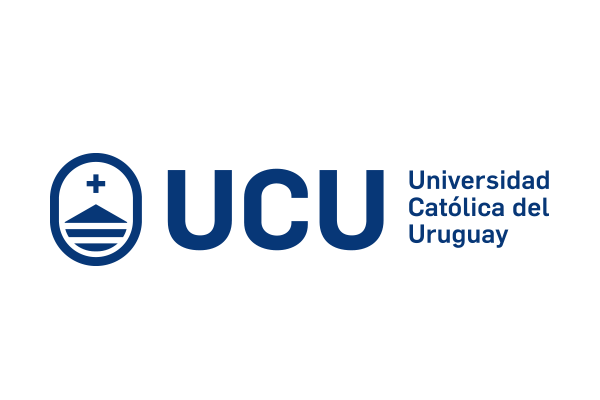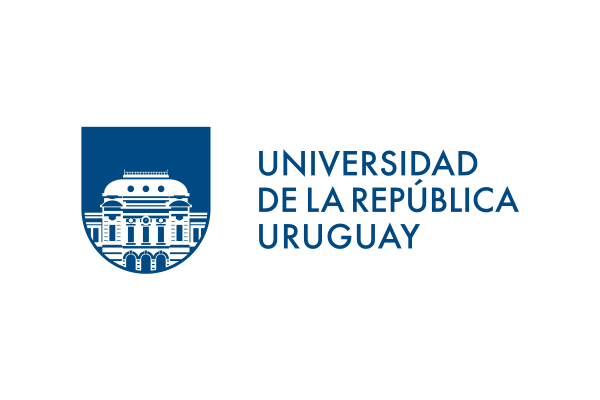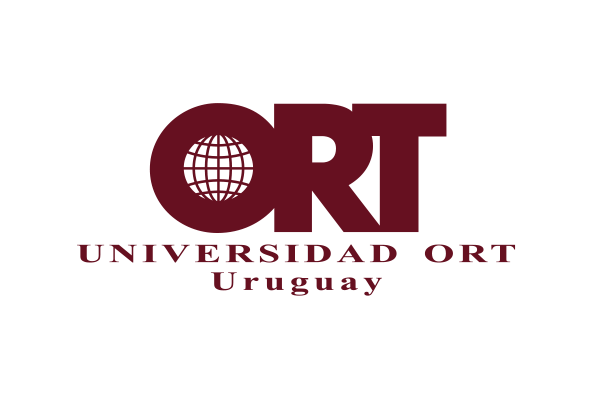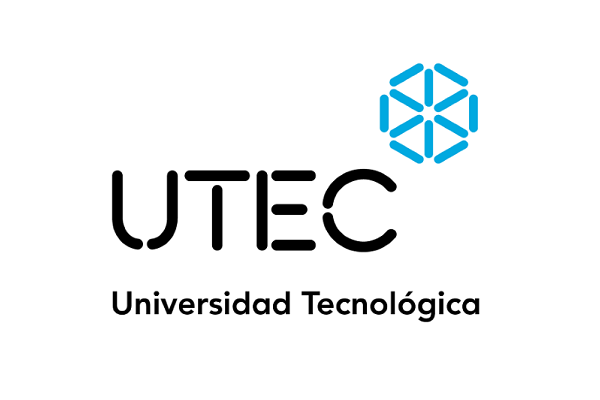Efficient global illumination calculation for inverse lighting problems
Supervisor(es): Besuievsky, Gonzalo - Robledo Amoza, Franco Rafael
Resumen:
La luz es un elemento clave en la manera en que percibimos y experimentamos nuestro entorno. Como tal, es un objeto mas a modelar en el proceso de diseño, de forma similar a como ocurre con las formas y los materiales. Las intenciones de iluminacion (LI) son los objetivos y restricciones que el diseñador pretende alcanzar en el proceso del diseño de iluminaci´on: ¿qué superficies se deben iluminar con luz natural y cuales con luz artificial?, ¿qué zonas deben estar en sombra?, ¿cuales son las intensidades maximas y mínimas permitidas? Satisfacer las LI consiste en encontrar la ubicacion, forma e intensidad adecuada de las fuentes luminosas. Este tipo de problemas se define como un problema inverso de iluminacion (ILP) que se resuelve con tecnicas de optimizacion. En el contexto anterior, el objetivo de esta tesis consiste en proponer metodos eficientes para resolver ILP. Este objetivo es motivado por la brecha percibida entre los problemas habituales de diseño de iluminacion y las herramientas computacionales existentes para su resolucion. Las herramientas desarrolladas por la industria se especializan en evaluar configuraciones de iluminacion previamente diseñadas, y las desarrolladas por la academia resuelven problemas relativamente sencillos a costos elevados. Las propuestas cubren distintos aspectos del proceso de optimizacion, que van desde la formulacion del problema a su resolucion. Estan desarrolladas para el caso en que las superficies poseen reflexion e iluminacion difusas y se basan en el calculo de una aproximacion de rango bajo de la matriz de radiosidad. Algunos resultados obtenidos son: el calculo acelerado de la radiosidad de la escena en una unidad de procesamiento gr´afico (GPU); el uso de la heuristica \201Cvariable neighborhood search\201D (VNS) para la resolucion de ILP; el planteo de una estructura multinivel para tratar ILP de forma escalonada; y el uso de tecnicas para optimizar la configuracion de filtros de luz. Otros resultados obtenidos se basan en la formulacion de las LI en funcion de la media y desviacion estandar de las radiosidades halladas. Se propone un metodo para generar LI que contengan esos parametros estadisticos, y otro metodo para acelerar su evaluacion. Con estos resultados se logran tiempos de respuesta interactivos. Por último, las tecnicas anteriores adolecen de una etapa de pre-cómputo relativamente costosa, por tanto se propone acelerar el calculo de la inversa de la matriz de radiosidad a partir de una muestra de factores de forma. Los métodos aquí presentados fueron publicados en seis articulos, tres de ellos en congresos internacionales y tres en revistas arbitradas.
Light is a key element that influences the way we perceive and experience our environment. As such, light is an object to be modeled in the design process, as happens with the forms and materials. The lighting intentions (LI) are the objectives and constraints that designers want to achieve in the process of lighting design: which surfaces should be illuminated with natural and which with artificial light?, which surfaces should be in shadow?, which are the maximum and minimum intensities allowed? The fulfillment of the LI consists in finding the location, shape and intensity appropriate for the light sources. This problem is defined as an inverse lighting problem (ILP), solved by optimization techniques. In the above context, the aim of this thesis is the proposal of efficient methods to solve ILP. This objective is motivated by the perceived gap between the usual problems of lighting design, and the computational tools developed for its resolution. The tools developed by the industry specialize in evaluating previously designed lighting configurations, and those developed by the academia solve relatively simple problems at a high computational cost. The proposals cover several aspects of the optimization process, ranging from the formulation of the problem to its resolution. They are developed for the case in which the surfaces have Lambertian reflection and illumination, and are based on the calculation of a low rank approximation to the radiosity matrix. Some results are: rapid calculation of radiosity of the scene in a graphics processing unit (GPU), the use of heuristics “variable neighborhood search” (VNS) for solving ILP, the proposition of a multilevel structure to solve ILP in a stepwise approach, and the use of these techniques to optimize the configuration of light filters. Other results are based on the formulation of LI that use the mean and standard deviation of the radiosity values found. A method is proposed for generating LI containing these parameters, and another method is developed to speed up their evaluations. With these results we achieve interactive response times. Finally, the above techniques suffer from a costly pre-computing stage and therefore, a method is proposed to accelerate the calculation of the radiosity inverse matrix based on a sample of the form factors. The methods presented here were published in six articles, three of them at international conferences and three in peer reviewed journals.
| 2014 | |
|
Problema inverso de iluminación Intenciones de iluminación Matriz inversa de radiosidad Optimizacion Problema multi-objetivo Descomposición aproximada de matrices Matrices de rango bajo Radiosity Radiosity matrix inverse Optimization Multi objective problem Approximated matrix decomposition Low rank matrix |
|
| Inglés | |
| Universidad de la República | |
| COLIBRI | |
| http://hdl.handle.net/20.500.12008/2907 | |
| Acceso abierto | |
| Licencia Creative Commons Atribución – No Comercial – Sin Derivadas (CC BY-NC-ND 4.0) |
